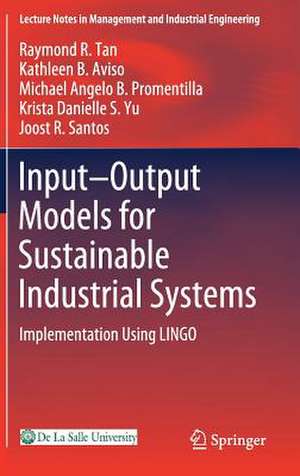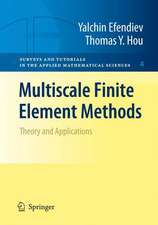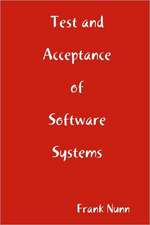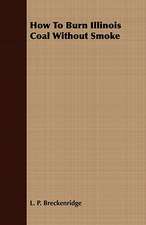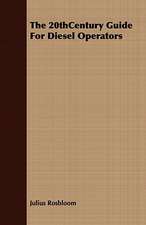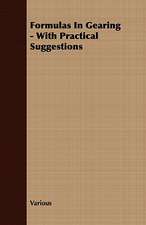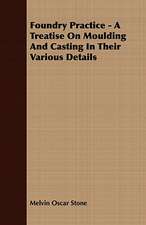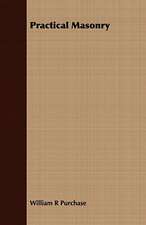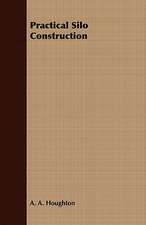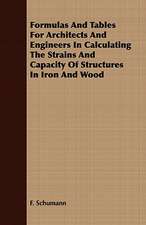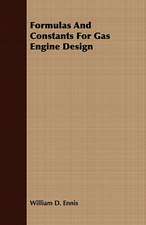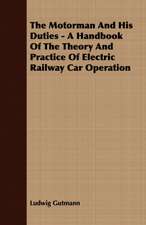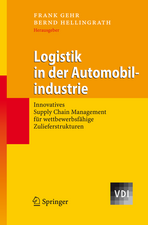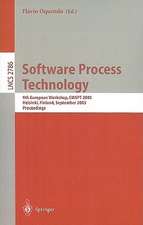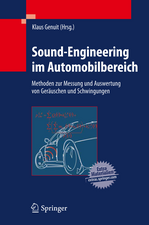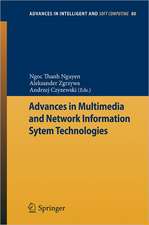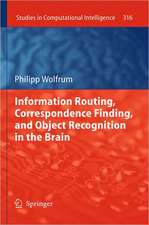Input-Output Models for Sustainable Industrial Systems: Implementation Using LINGO: Lecture Notes in Management and Industrial Engineering
Autor Raymond R. Tan, Kathleen B. Aviso, Michael Angelo B. Promentilla, Krista Danielle S. Yu, Joost R. Santosen Limba Engleză Hardback – 13 sep 2018
| Toate formatele și edițiile | Preț | Express |
|---|---|---|
| Paperback (1) | 548.59 lei 38-44 zile | |
| Springer Nature Singapore – 16 dec 2018 | 548.59 lei 38-44 zile | |
| Hardback (1) | 640.06 lei 6-8 săpt. | |
| Springer Nature Singapore – 13 sep 2018 | 640.06 lei 6-8 săpt. |
Din seria Lecture Notes in Management and Industrial Engineering
- 18%
 Preț: 895.58 lei
Preț: 895.58 lei - 15%
 Preț: 657.39 lei
Preț: 657.39 lei - 18%
 Preț: 1227.52 lei
Preț: 1227.52 lei - 18%
 Preț: 1229.10 lei
Preț: 1229.10 lei - 18%
 Preț: 963.15 lei
Preț: 963.15 lei - 18%
 Preț: 1117.82 lei
Preț: 1117.82 lei - 18%
 Preț: 1229.40 lei
Preț: 1229.40 lei - 18%
 Preț: 1378.41 lei
Preț: 1378.41 lei - 18%
 Preț: 1112.30 lei
Preț: 1112.30 lei - 24%
 Preț: 1054.18 lei
Preț: 1054.18 lei - 18%
 Preț: 1386.92 lei
Preț: 1386.92 lei - 18%
 Preț: 1221.07 lei
Preț: 1221.07 lei - 18%
 Preț: 1226.73 lei
Preț: 1226.73 lei - 18%
 Preț: 1000.87 lei
Preț: 1000.87 lei - 18%
 Preț: 1389.30 lei
Preț: 1389.30 lei - 15%
 Preț: 646.75 lei
Preț: 646.75 lei -
 Preț: 368.24 lei
Preț: 368.24 lei - 18%
 Preț: 1103.77 lei
Preț: 1103.77 lei - 24%
 Preț: 790.67 lei
Preț: 790.67 lei - 18%
 Preț: 1119.24 lei
Preț: 1119.24 lei - 18%
 Preț: 1383.49 lei
Preț: 1383.49 lei - 24%
 Preț: 806.63 lei
Preț: 806.63 lei - 20%
 Preț: 579.97 lei
Preț: 579.97 lei - 18%
 Preț: 946.24 lei
Preț: 946.24 lei - 18%
 Preț: 1233.69 lei
Preț: 1233.69 lei - 18%
 Preț: 1218.21 lei
Preț: 1218.21 lei - 24%
 Preț: 800.05 lei
Preț: 800.05 lei - 18%
 Preț: 1389.78 lei
Preț: 1389.78 lei - 18%
 Preț: 950.21 lei
Preț: 950.21 lei - 24%
 Preț: 1060.71 lei
Preț: 1060.71 lei - 20%
 Preț: 578.05 lei
Preț: 578.05 lei -
 Preț: 429.44 lei
Preț: 429.44 lei
Preț: 640.06 lei
Preț vechi: 753.01 lei
-15% Nou
Puncte Express: 960
Preț estimativ în valută:
122.49€ • 127.41$ • 101.12£
122.49€ • 127.41$ • 101.12£
Carte tipărită la comandă
Livrare economică 12-26 aprilie
Preluare comenzi: 021 569.72.76
Specificații
ISBN-13: 9789811318726
ISBN-10: 9811318727
Pagini: 190
Ilustrații: XI, 151 p. 37 illus., 18 illus. in color.
Dimensiuni: 155 x 235 mm
Greutate: 0.41 kg
Ediția:1st ed. 2019
Editura: Springer Nature Singapore
Colecția Springer
Seria Lecture Notes in Management and Industrial Engineering
Locul publicării:Singapore, Singapore
ISBN-10: 9811318727
Pagini: 190
Ilustrații: XI, 151 p. 37 illus., 18 illus. in color.
Dimensiuni: 155 x 235 mm
Greutate: 0.41 kg
Ediția:1st ed. 2019
Editura: Springer Nature Singapore
Colecția Springer
Seria Lecture Notes in Management and Industrial Engineering
Locul publicării:Singapore, Singapore
Cuprins
Introduction to input-output models.- Mathematical foundations of input-output models.- Programming in LINGO.- Input-output models of industrial complexes.- Input-output models of infrastructure systems.- Input-output models of supply chains.- Input-output models for life cycle assessment.- Enterprise input-output models.- Input-output models of organizational structures.- Conclusion.
Textul de pe ultima copertă
This book addresses the specialized topic of input–output models for sustainable industrial systems. While these models are well-established tools for economic analysis, their underlying mathematical structure is also applicable to the analysis and optimization of a wide range of systems that are characterized by linear interdependencies among their components. This means that input–output models can be used for diverse networks, such as processes within industrial plants, industrial plants in a supply chain, or departmental units within an organization. The models can also be readily extended to interactions between man-made systems and the environment, e.g. flows of natural resources and/or pollutants. Furthermore, model variants with excess degrees of freedom can be formulated to allow optimization and decision-making to be integrated within the framework. This book examines how input–output models can be applied to sustainable industrial systems. Each major variant is discussed separately in a dedicated chapter, and representative case studies and supporting LINGO code are also included.
Caracteristici
Covers a wide range of applications of input–output models beyond traditional problems in economic systems Discusses variants of the basic input–output model, especially with respect to extensions for considering environmental flows and system optimization Provides extensive material on implementation of input–output models using LINGO software
